Year published :2009
Pages :378 pp.
Size :21x28 cm.
Color illustrations :Through-out
ISBN: 9789749511763
Burmese Painting: A Linear and Lateral History
by Andrew RanardCloth and jacket
This is the first comprehensive history of Burmese painting, from eleventh-century Pagan to the present, including over 175 painters and more than 300 photographs of work. The book explores the historical transformations of the art, with psychological interpretations of major artists, the legends which followed them, and analysis of their oeuvres. It also probes the unusual lateral dimensions of Burmese painting, where one thousand years of tradition have continued to survive and shape a rich corpus of largely unknown work.
Ranard links the traditional roots of Burmese painting in India with later influences from China, Thailand, Britain, Northern Europe, and America. Burma is an isolated country, but its art has been a major wellspring of inspiration in Southeast Asia. Today, the country struggles to reconcile complex pressures, and Ranard digs deeply to uncover these layers of conflict as reflected in Burmese painting.
Ranard writes eloquently of his discovery of Burmese painting in 1994. “I felt as if I had landed on a Pitcairn Island of art, where some virtuoso European master had shipwrecked a century earlier and left a legacy of learning in his castaway descendents. As I returned to Burma on subsequent trips, and saw so many varieties of styles—dead in the outside world but coexisting in harmony in Burma—a better metaphor struck me. Burma was a Galapagos Islands of Art, where styles had evolved into arrested forms—strange-feathered birds that bore resemblance to the mainstream but which had shot off in unique directions.”
About the Author
has lived in Burma and other Asian counties. His feature articles on the culture and arts of Asian societies have appeared in the New York Times and the International Herald Tribune. In 1994, he began collecting Burmese paintings and provided the Singapore Art Museum and the Fukuoka Asian Art Museum with major portions of their collections of works by late Burmese artists. He presently lectures at universities in Japan.
Reviews
- The “Galapagos Islands of Art”, by Jim Andrews (Irrawaddy, 29 November 2009)
- Burmese Painting, by Wendy Law-Yone (Britain-Burma Society)
- Burmese Painting, by Chris Dodge Gallery, 10 March 2010
- Video Review by Manote Tripathi (The Nation Video, 27 October 2009)
Awards and Recognition
- Outstanding Book about Asia 2009, by Janet Brown, ThingsAsian Press

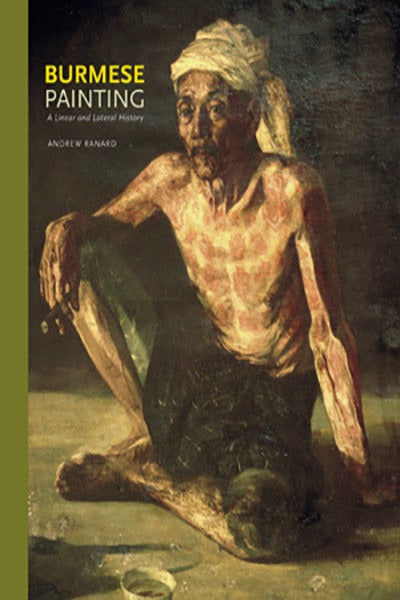
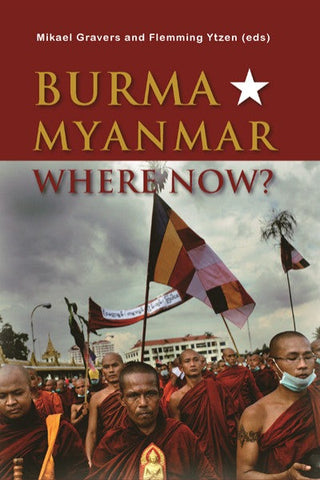
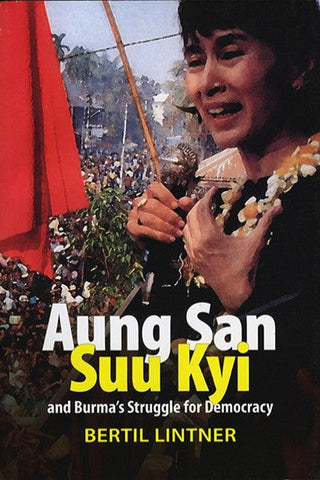
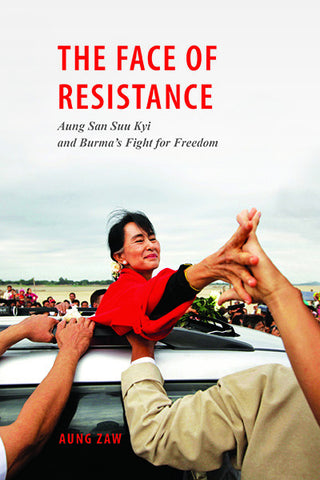
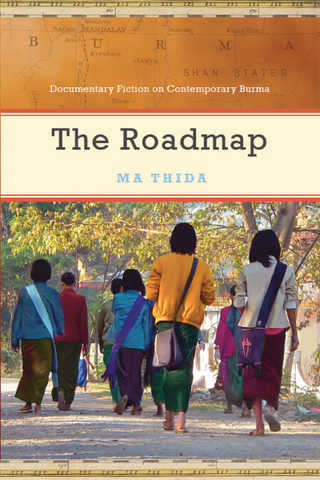
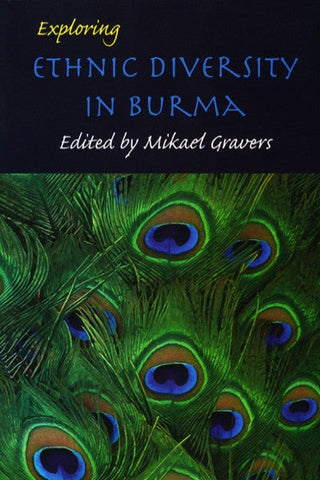
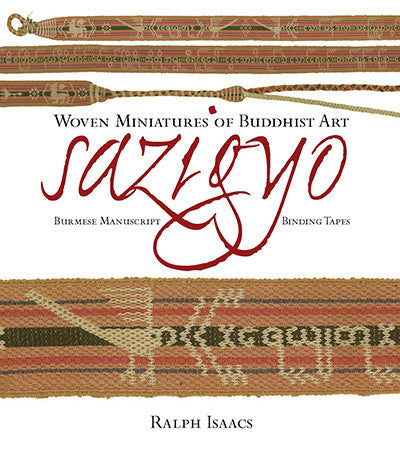
Share this item: